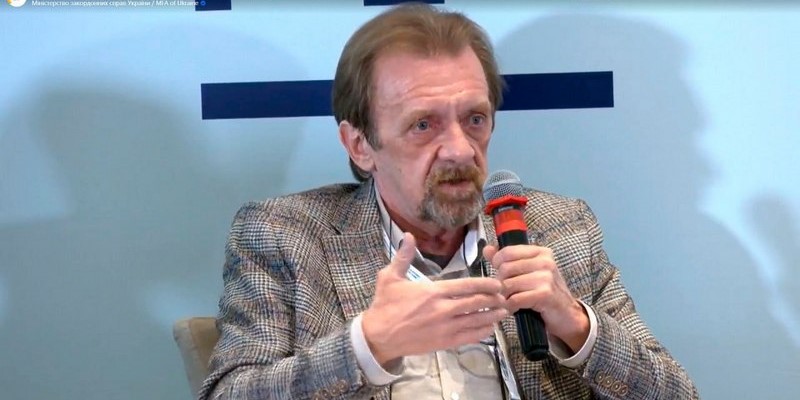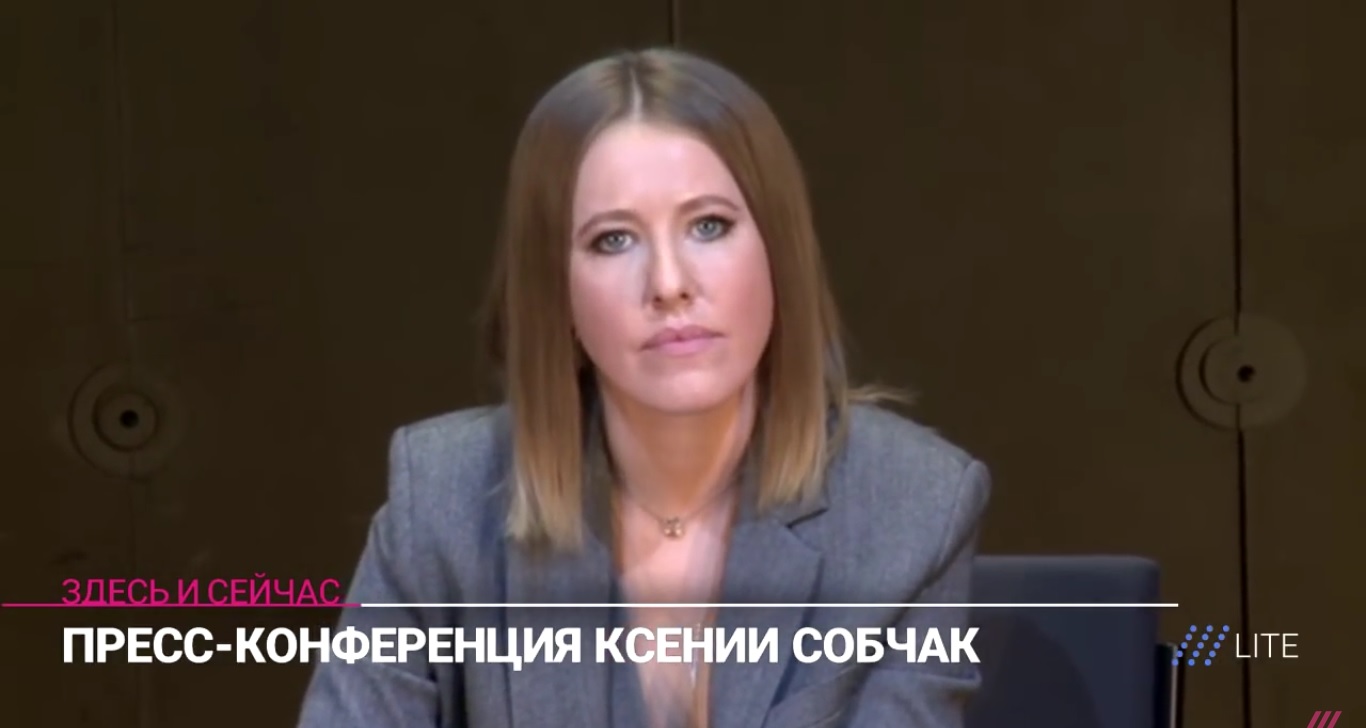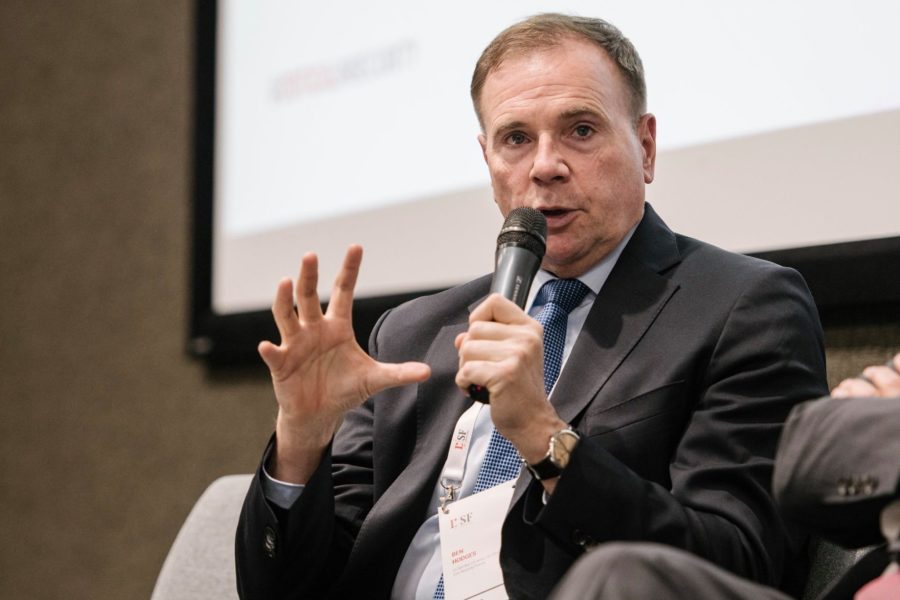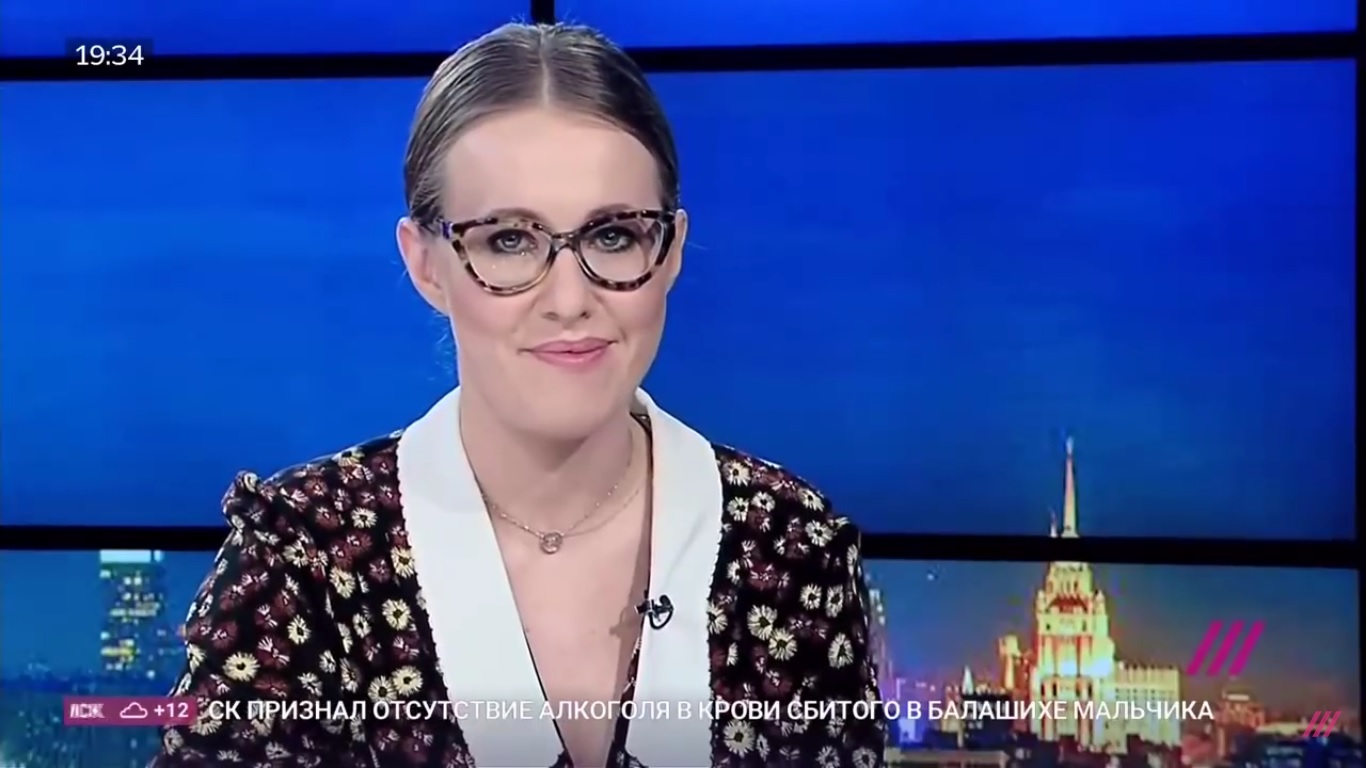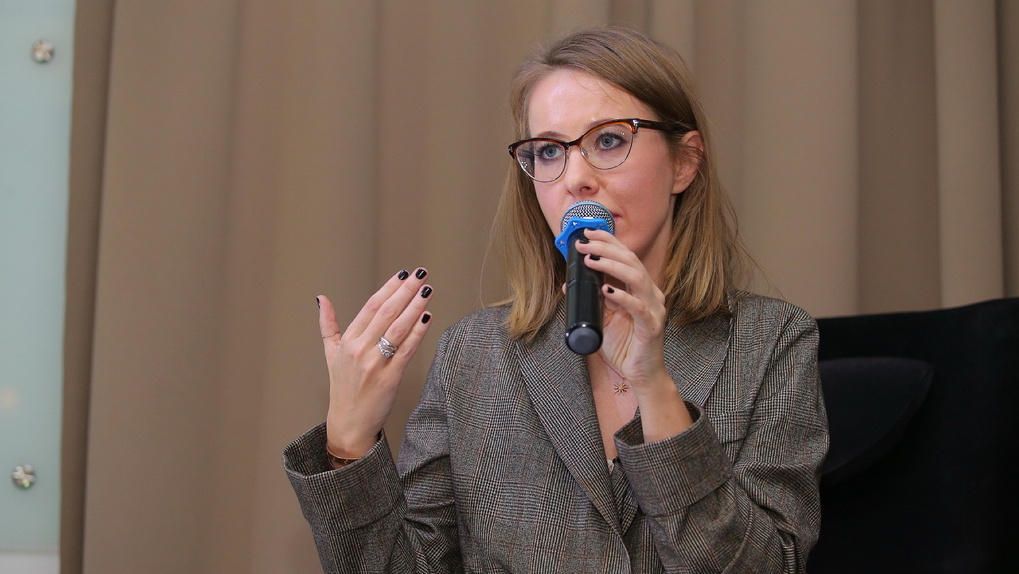Andriy Klymenko is the author of several development strategies for Crimea. Before the Russian occupation, Klymenko lived in Yalta, Crimea. For many years he worked as an independent private consultant on the issues related to Crimea in particular and the situation in the Black Sea in general. Since 2017, Klymenko has been working as the head of the monitoring group of the Institute for Black Sea Strategic Studies, focusing on the situation in Crimea, militarization and security risks in the Black Sea region, freedom of navigation, and international sanctions against Russia.
Fakty: Military experts believe that the de-occupation of Ukrainian territories will begin with the liberation of Crimea. What is happening now on the occupied peninsula? What is the mood down there? Ukraine's Intelligence (GUR) says that representatives of the occupying "authorities" and the Russian military are already packing their bags and taking their families and property away from Crimea. With Russians and collaborators, everything is clear: they are afraid. And what do the Crimeans say? Are they fearful of Ukraine's return?
Andriy Klymenko: When it comes to the situation in the occupied territories, including Crimea, and the situation in Russia, facts are hard to find. This is a big job. We are trying to do it. Otherwise, we can make quite tragic mistakes if we base our decisions on our expectations, emotions, and desires. I want to emphasize this. Therefore, we will try to rely on facts, even though there is less and less truthful information daily.
First, since 24 February 2022, Crimea has acquired a new and most important function: it has become a military foothold for the land invasion of Russian troops in Kherson, Mykolayiv, and Zaporizhzhia oblasts of Ukraine and for the naval invasion of the Azov Sea coast. Russia uses Crimea for missile attacks on almost all regions of Ukraine with Kalibr cruise missiles and missiles from coastal missile systems. The Russian army conducts air strikes from Crimea (there is a large air force there) on various Ukrainian regions, primarily Odesa, Mykolayiv, Kherson, and Zaporizhzhia. Furthermore, Russia uses Crimea to block Ukrainian shipping in the Black and Azov Seas.
Secondly, the Crimean peninsula has become the central rear logistics hub (there are well-developed railways there) for the Russian troops in the newly occupied territories of Ukraine.
Thirdly, Crimea has become a huge military hospital and a base for the recovery and rehabilitation of wounded Russian soldiers. Many wounded and crippled soldiers appeared on the streets and embankments of Crimean towns. Currently, there are a lot of them in local sanatoriums. Moreover, in Western Crimea (such cities as Yevpatoriya or Saki), Russians specialize in complex spinal and limb injuries. The arrival of additional tens of thousands of people means a load on the relevant sectors of the economy (transportation, sanatoriums, services).
Fourthly, Crimea has become the key logistics hub for exporting Crimean grain and the grain seized in Kherson and Zaporizhzhia oblasts, to world markets, primarily to Syria and other Middle Eastern countries. We are talking about huge volumes of grain that are difficult to count. However, the stats that we can get a hold of are impressive. In 2022 and a few months of 2023, about two million tons of Ukrainian grain were exported through the Crimean ports, primarily through Sevastopol.
Fakty: The Kremlin's puppets in Crimea continue to demonstrate faith in Russia's victory, do they?
Andriy Klymenko:
They were euphoric in the first months of the full-scale invasion of Ukraine. The occupying "authorities" of Crimea began to share their experience with the heads of the newly occupied territories on how to integrate into the Russian administrative, economic, and social system. But this did not last long because some interesting processes began.
Ukraine to liberate Crimea by end of August 2023 – former commander of US Army in Europe
On 14 April 2022, the Russian flagship of the Black Sea Fleet, the Moskva missile cruiser, was sunk by a missile attack.
On 17 June 2022, the rescue tugboat Vasily Bekh, which was transporting ammunition, weapons, and military personnel to Zmiyinyy Island (Zmiinyi (Snake) Island), sank after a missile attack.
On 20 June 2022, another important event occurred: the Ukrainian military used missile strikes to disable the offshore drilling rigs of the Russian-appropriated Chornomornaftogaz [a Ukrainian oil and gas company located in Simferopol, Crimea, that was "nationalized" by the Crimean occupying "authorities" after the Russian annexation of the peninsula], which were producing gas condensate on the seized Ukrainian shelf of the northwestern part of the Black Sea. At first, two and then about one and a half billion cubic meters of gas per year were pumped from there. This volume was enough to supply the peninsula with gas. Now there is no gas. By the way, these platforms are still burning.
On 30 June 2022, Zmiyinyy Island (Zmiinyi (Snake) Island) was de-occupied by Ukraine's Armed Forces, which made it possible to unblock Ukrainian ports in the Odesa Oblast. This grain corridor is not a "goodwill gesture," as the Kremlin claims. It became possible because Ukrainian military personnel is stationed on the island, which the grain ships pass by.
On 9 August 2022, the Saki airbase in Crimea was struck, and up to a dozen Russian aircraft were destroyed.
On 16 August 2022, a huge ammunition depot exploded in the Dzhankoi district of northern Crimea. Since then, explosions in Crimea have occurred almost every month.
On 8 October 2022, the Kerch Bridge that connects Crimea to Russia was blown up.
Finally, on 29 October 2022, the first drone attack on the main base of the Russian Black Sea Fleet in Sevastopol took place. As a result, four warships were severely damaged.
All these processes, especially the first attacks on air bases in August, clearly caused absolute panic. First of all, among Russian tourists and citizens who moved to the peninsula to live.
Fakty: How many Russians have arrived in Crimea during the occupation?
Andriy Klymenko: At the beginning of 2014, 2,4 million people lived in Crimea, including Sevastopol. Now there are about two million "old" Crimeans, so to speak, plus about 1,2 million Russians from different regions of Russia (these are data for 2021; our calculations showed exactly these figures, we have studied these processes in detail), and this is now about 30% of the population of Crimea, which has grown to 3.1 million. That is, the demographic situation in Crimea has changed dramatically.
A significant part of the newcomers is the military and their families, plus a considerable number of employees of Russian law enforcement agencies (also with their families), such as Russia's Federal Security Service (FSB), the Investigative Committee, the prosecutor's office, the courts, as well as senior management in ministries, enterprises, etc. Russian occupiers replaced local people with their specialists.
Of course, as a result, there was a boom in housing construction, especially in Simferopol and Sevastopol. Because according to Russian law, military and security officials have a favorable mortgage: 7-8% per annum. These are attractive conditions. Entire neighborhoods have been built there for the "new Crimeans" who moved from Russia. That is why panic arose among them in the first place. It was bound to happen. We remember that viral video when the explosion at the airfield in Saki was seen from the beach.
Many people in Crimea are now selling their homes at any price and returning to their former places of residence in Russia. That is why housing construction has dropped significantly in Crimea.
In addition to becoming a frontline region after 24 February 2022, Crimea has become a limited military operation area since last summer. Of course, this has put an end to the sectors of the Crimean economy that were considered to be the primary and very promising under the occupation. These included tourism and the defense industry. There were huge projects to build warships at the shipbuilding facilities in Feodosia and Kerch.
All in all, this created a fundamentally new atmosphere of expectation of a Ukrainian offensive in and around the occupied peninsula. Everyone has seen the satellite photos that show various defense structures being built there, both on the beaches in the western part of Crimea and in the north, in Armyansk, Krasnoperekopsk, and Dzhankoi districts.
That is, the occupiers understand that if Ukraine has already shown that it can fire missiles over long distances to hit the bridge across the Kerch Strait, a strike on the bridge can happen again.
We now see an interesting thing about the southern coast of Crimea and the resorts. Whereas previously the Black Sea Fleet ships used to launch missiles at Ukrainian territory from Sevastopol, move towards Odesa and fire from there (this is an area near the western coast of the peninsula), now they are moving to positions south of Gurzuf and Sudak, meaning they fire from the southern coast of Crimea, hoping that Ukrainian missiles will not reach there. At the same time, the Crimean "authorities" are pretending everything is fine and assuring Russia will protect them.
Of course, there will be no tourist season in Crimea this year at all. According to our estimates, about 6-7% of the population worked directly in year-round health resorts before the occupation and 25-30% were connected to the holiday season in general. This includes trade, transportation, and services. It is going to be a serious problem now.
What else has changed in the Crimean economy? They have transferred almost all the defense industry enterprises, and there have always been many of them, to three-shift work (24/7). They repair damaged equipment and machinery, including tanks, armored personnel carriers, guns, helicopters, airplanes, and vehicles. There is enough work to go around, so they recruit people.
Fakty: Russian propagandists are very fond of telling us that it was only with the arrival of Russia that the peninsula flourished. But Russians stole and took away many rarities, paintings, and museum artwork from Crimea.
Andriy Klymenko:
Crimea has acquired another function: all the artistic values from the museums of the Kherson and Donetsk oblasts have been taken to the museums of Simferopol and Sevastopol. These facts have been recorded. We know that the prosecutor's offices in Crimea and Sevastopol are conducting relevant criminal proceedings.
Of course, under the pretext of holding various exhibitions, Russia has long ago exported a significant part of cultural property (such as a collection of Scythian gold, paintings by Aivazovsky and other famous artists), including to the Hermitage and the Tretyakov Gallery. This is just plundering the Ukrainian cultural heritage. But we did not expect anything else from Russians.
Fakty: And what they have done to the natural environment is beyond imagination.
Andriy Klymenko: We can predict that we will have huge problems after the de-occupation of Crimea. We have been doing this research all these years. Of course, blocking the Northern Crimean Canal forced Russians to start drilling for water from artesian springs that had been reserved since the 1950s and 1960s to provide water supply. This caused the water table to rise as they withdrew water from these aquifers. Therefore, the first thing Russia did after 24 February 2022 was to unblock the supply of Dnipro water to occupied Crimea.
Recently, Crimean experts who left Crimea after the Russian occupation began had a meeting. They all have the same opinion: Russians will leave Crimea like barbarians.
There are many examples of this. After the Soviet Black Sea Fleet was divided in the first half of the 1990s, everything that could be removed was removed at all the facilities that were transferred to Ukraine under intergovernmental agreements, from window frames to toilets and water taps. And what could not be removed was brought to such a state that it could not be used with a crowbar and sledgehammer. Similarly, warships were used in the same way. Everything that could be damaged was damaged.
Therefore, there is, unfortunately, a gloomy prospect that in the process of the de-occupation of Crimea, Russians will destroy everything they can. They can set fire to the Crimean forests, disable the water supply system, destroy the number of birds and animals raised on farms, and take away artifacts.
Therefore, when solving the problems of the de-occupation of Crimea, we must consider this. The liberation of Crimea should be done very quickly so that the Russians do less damage.
Fakty: Tamila Tasheva, the president's permanent representative in the Autonomous Republic of Crimea, said that 50,000 officials would be needed to restore power in Crimea. Where can we get this number? How do you envision this future process?
Andriy Klymenko: Many people often think everyone in Crimea is pro-Russian and all are collaborators. I will give you the following figures. Two years before the occupation of Crimea, we participated in a sociological study conducted by the Razumkov Center [the Ukrainian Centre for Economic and Political Studies, a non-governmental public policy think tank]. Among other things, the goal was to determine the separatist potential. It turned out that it then amounted to about 21-23% of the adult population. The vast majority were people over 60 years old and even without a complete secondary education. They are gone now.
By the way, according to our estimates, only up to 30% participated in the so-called "referendum" [a sham referendum organized by Russia after Russian forces seized control of Crimea in 2014]. This is in line with previous estimates of the number of people who are inclined to separatism. In general, the survey showed that two-thirds of the Crimean population had a typical attitude toward Ukraine and considered themselves citizens of Ukraine.
It should also be noted that 2011-2013 [shortly before the Russian annexation of Crimea] were good years for the Crimean economy. With the implementation of tourism development programs, Crimea became the absolute leader in the Ukrainian tourism industry. As for cruise tourism, for example, there were record numbers in 2013. The number of foreign cruise ships exceeded one hundred for that year: 109 ships in Yalta, 58 in Sevastopol, and 18 in Feodosia (for reference, there were 106 in Odesa). I should note that these were often huge ships carrying three thousand Western tourists.
As for another myth that Crimea was subsidized, this is not true. We have a study on this topic. If you take all the taxes and fees collected in Crimea, all the expenses, and consider grants and subventions from the state budget, the coefficient is 1,2-1,3. Crimea collected 20-30% more taxes and fees than Crimea spent. There was no subsidization there. Of course, the situation is not the same now.
By the way, it was in Crimea that Russia first implemented its plan for an information blockade. Let us imagine that there is a glass aquarium with Crimeans in it, and only the Russia Today signal is received there. Our psychology experts say that three to five months are enough in such situations, and even a patriotic person will "swim away." And nine years have already passed. This is a long time. Those children who started first grade in 2014 are already graduating from school. Clearly, if people consume the same information for so long, they will have problems.
In this sense, there are hopes for the Crimean Tatars. They live in compact, relatively large communities (two, seven, or ten thousand people). It is only there that people can maintain alternative opinions.
Fakty:
And then what do we do with the collaborators? There are tens of thousands of them in Crimea. How to solve this problem?
Andriy Klymenko: A few months ago, the Nash Format publishing house published a book, "Postwar: A History of Europe since 1945" by Tony Judt. It is now on sale. In this book, the author explores, among other things, what happened to Nazi Germany after the World War was over. Unfortunately, there are different types of collaborationism. Those who worked in the state bodies of the occupation authorities are considered collaborators under our law. But Judt writes that in Germany, two or three years after 1945, even those who were members of the Nazi party were forced to take on civil service because there were no others.
Russia tried to break the Crimean Tatars. Their non-violent resistance only grew stronger.
We need to understand what will happen in these territories as well. We recently met and spent several days discussing future problems based on facts, not emotions.
Since everything in Crimea will be mined, set on fire, poisoned, and destroyed, the first people to enter the territory of Crimea, in addition to the military, should be representatives of the National Guard, the police, the Security Service of Ukraine (to conduct military and counterintelligence measures), the State Emergency Service, sanitary and epidemiological services, and so on. Because we will have to demine everything, extinguish fires, restore water and power supply, and the entire engineering infrastructure. There will be a lot of work for the State Emergency Service of Ukraine for many years!
For example, the occupiers built three power plants in Crime (in Sevastopol, Simferopol, and Saki) because they were developing the military industry and needed to provide electricity to the vast group of troops that was there. They will destroy all this. We saw them leaving the Kherson Oblast. There was no power supply there for a long time, and now the Russians are shelling the city and the region.
We are also aware of the fact that Crimea should be turned into our military base after it is liberated.
Fakty: This will be a forced step by Ukraine.
Andriy Klymenko: Of course. Ideally, it would be desirable to have a NATO naval force deployed in Crimea. We have discussed this, and I hope we will soon discuss it at the following forum of the Crimean Security Platform.
There will be no security in the Black Sea if Crimea remains occupied. And when we de-occupy it, there will still be no security as long as Ukraine and its allies do not use this peninsula to squeeze Russia into the North Caucasus (ports of Novorossiysk and Tuapse), as it was during World War II. Therefore, our Crimea will function as a very powerful Ukrainian military outpost.
You know, our people are very romantic. They dream: "Once we drive the Russians out, tourism will quickly revive in Crimea." This is still a long way off.
As for the number of officials who need to be trained, we estimate that in 2014 and later, up to a hundred thousand Crimeans left for mainland Ukraine. Of course, these people will not be enough because such work requires their desire, qualifications, and professionalism. Therefore, future Crimean officials need to be trained. Because each region has its own specifics. We need to prepare such human resources now.
Related:
- What if Russia strikes Ukraine with nuclear weapons? Lawrence Freedman explains
- Crimean Tatar historian: "Russia intentionally exterminating my people"
- Ukraine calls to recognize 1944 deportation of Crimean Tatars was genocide

